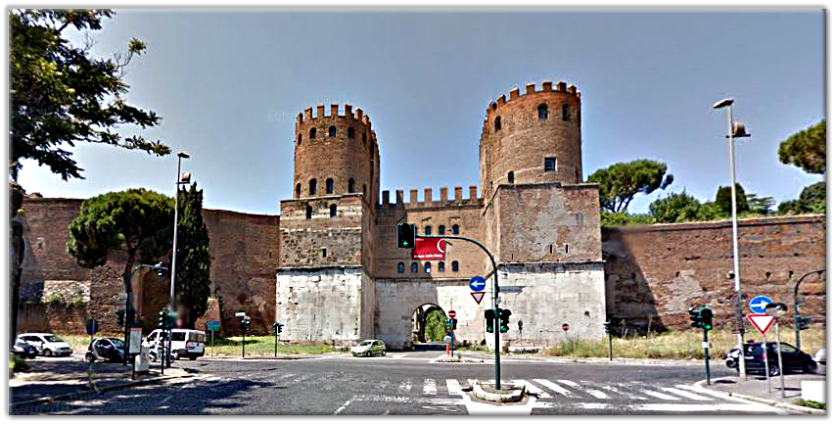



The Museum of the Walls (VIA OSTIENSE MUSEUM) is located at the Porta San Sebastiano or Porta Appia, in Rome and managed by the Musei in Comune.

History
The museum was built in 1990. In 1939 the Antiquities and Fine Arts Department opposed the conversion of the monument into an artistic studio, carrying out works in some rooms inside the Porta San Sebastiano at the behest of Ettore Muti, entrusting the construction to the architect Luigi Moretti.

After the Second World War, the San Sebastiano Gate was reopened to the public with the intention of subsequently creating a museum of the walls, but, subsequently, the other rooms were sold to the Ministry of Education in 1960 in order to install a special office and a museum. on the Appia Antica, some rooms were modified for this purpose.

In 1970 the municipality of Rome returned to the possession of the rooms ceded to the Ministry of Education, but the year after the Antiquities and Fine Arts Department set up a small museum of the walls with a stretch of walkway that reached up to Via Cristoforo Colombo with opening only on Sundays, but, however, a few years later the museum had to close until 1984 on the occasion of the "Underground Rome" exhibition, but it was not until 1989 that the Museum of the Walls of Rome was established, a museum ironically already recognized in the law regional of 1975, while in 1990 it is the current arrangement of the rooms.
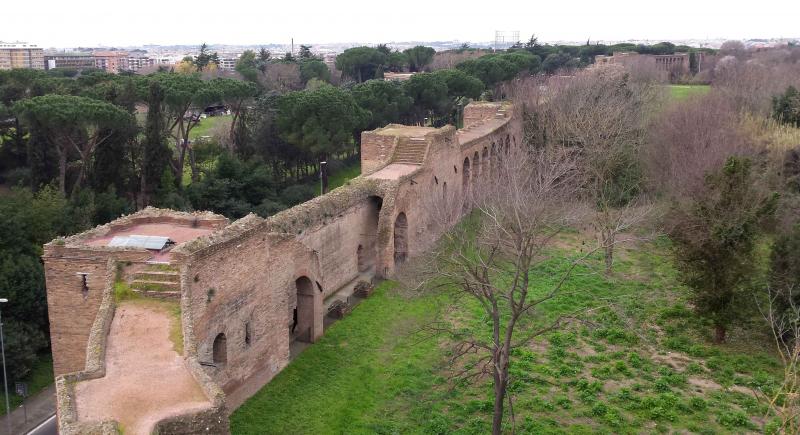
The museum itinerary
Room I is set up in the western tower.
On the floor there is a tricolor mosaic made between 1940 and 1943 depicting a tiger preying on two deer placed in a floral-wooded environment.

In the room there is a video for films, a projection screen and chairs.
Room II is located on the first floor in the area that connects its massive side towers.
In the hall are sites of the panels. The first panels are dedicated to the pomerium and the oldest section of the walls.
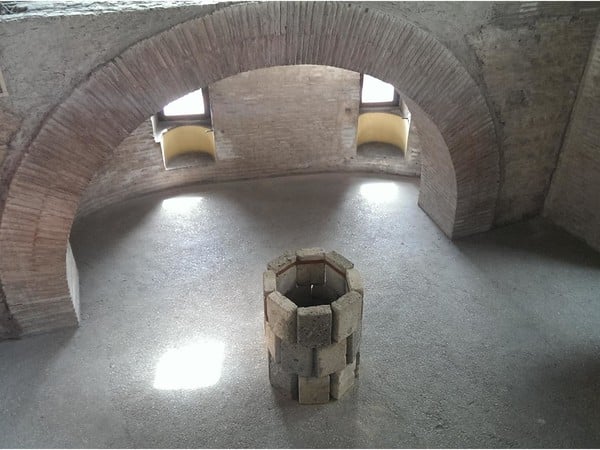
The following panels are related to the Aurelian walls where the various reasons that led to the construction of these Roman walls are illustrated, as well as all the construction techniques and types of doors are narrated. The last panel shows the assault techniques of the assailants and the defense techniques of the military and not in charge in this section of the wall.
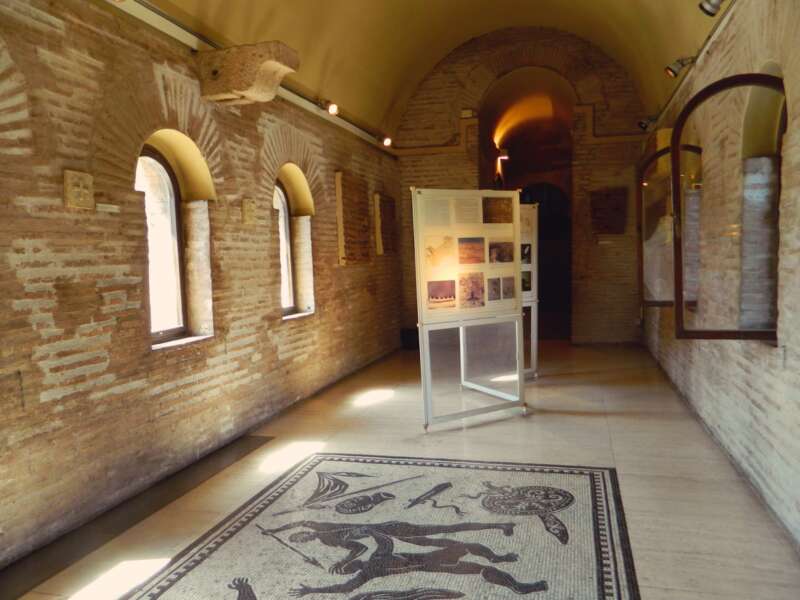
On the walls there are plaster casts of some crosses placed on the arch of some doors of the stretch of walls.
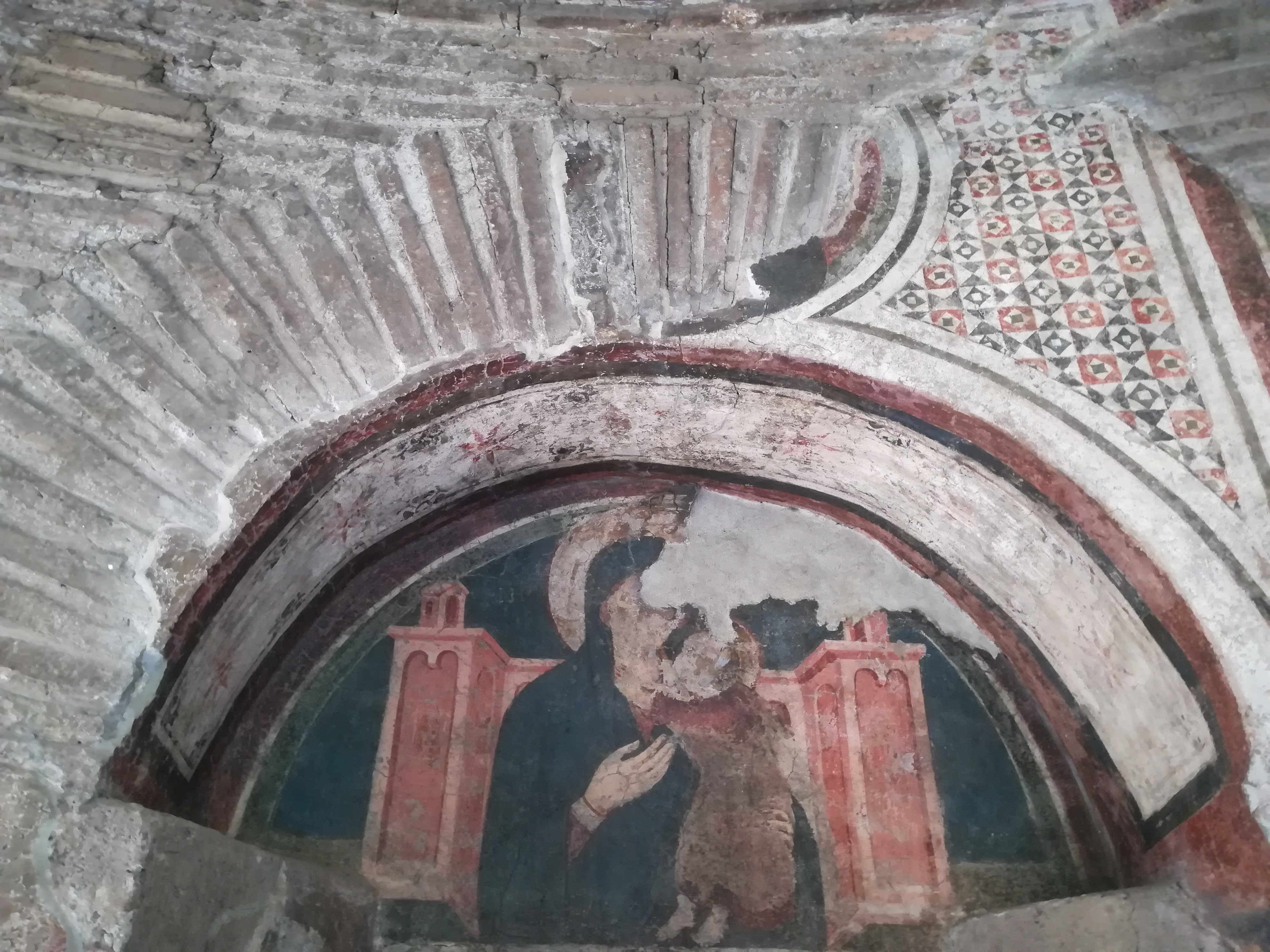
On the floor there is a two-color mosaic (black and white) depicting a leader on horseback surrounded by soldiers, dating back to the 1940s.
Room III is located in the east tower. This room shows four reconstructive models of the walls, in the center of the room there is a map of Rome showing the entire circuit of the walls.
Room IV is a small room in the west tower.
In this room there are 2 panels where, the 1st mentions the various architectural phases of the Porta San Sebastiano, the 2nd, on the other hand, tells the various architectural phases of other doors.

On the walls there are other casts.
Room V is located in the west tower and includes 3 panels and a reconstructive model. The 1st model concerns the gates of the walls, the other 2 give information on the Via Appia. There is also a model.

Room VI is located on the 2nd floor of the central body of the door located above the entrance arch. In this room there are 6 panels relating to the medieval and modern section of the museum, but the historical-architectural description of the Aurelian walls is also taken up, while for the centuries ranging from the 16th to the 20th, the interventions necessary for the maintenance of the walls are presented. , but also the modifications and new construction interventions desired at the whim or will of the successive popes in the aforementioned period.
Room VII is located on the east tower. The room shows the model of the Ardeatino Bastion. The bastion was the work of Antonio da Sangallo the younger to strengthen the walls.
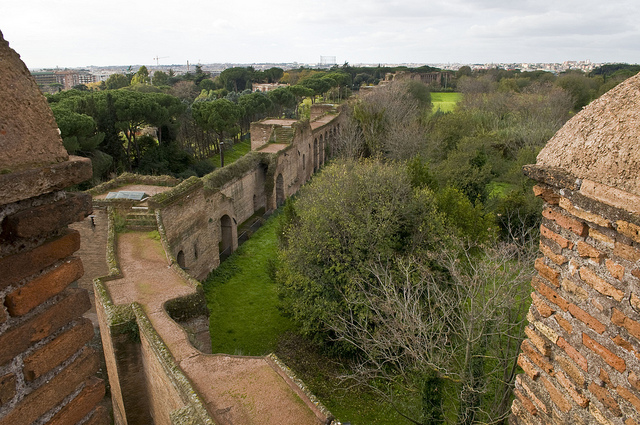
On the walls there are remnants of charcoal drawings, perhaps sketches for the decoration of the Porta di San Sebastiano made on the occasion of the passage of Charles V in 1536.
The terrace and the walkway are accessible directly and only from room VII of the museum.
The walkway is about 350 long (restored for the 2000 jubilee).

There remain, coming out of the 3rd tower, the remains of the original flooring, while at the top, on the lunette there is a Madonna with Child, probably used in the portion of the walls as a hermitage.
Museum of the Walls - Via Ostiense Museum - Brings San Sebastian - Appia Brings
Address: Via di Porta San Sebastiano, 18
Phone: 060608
Site:
http://www.museodellemuraroma.it/Location inserted by
Marco Messina